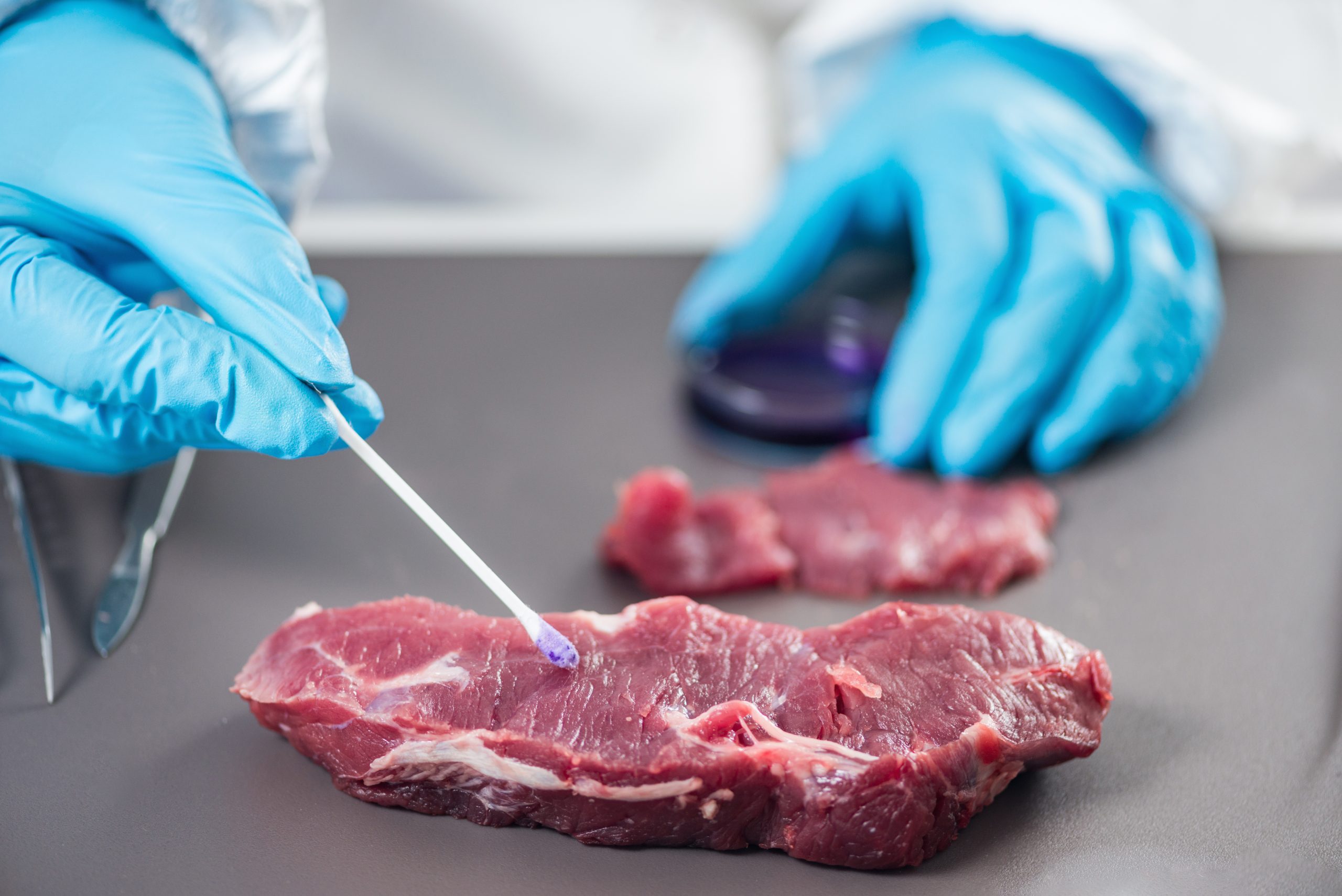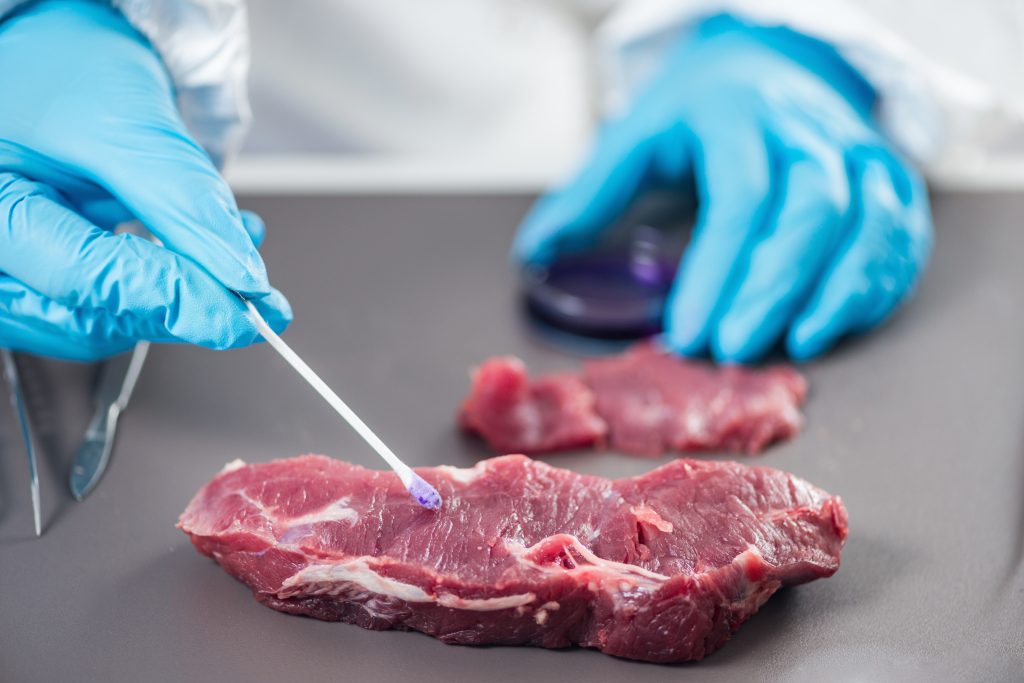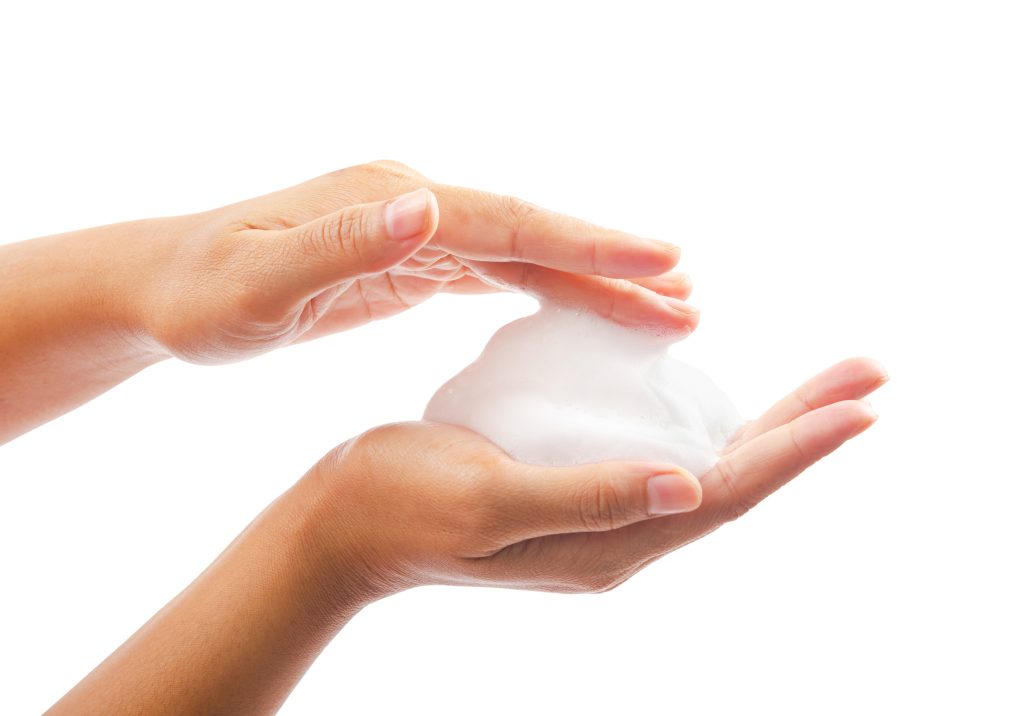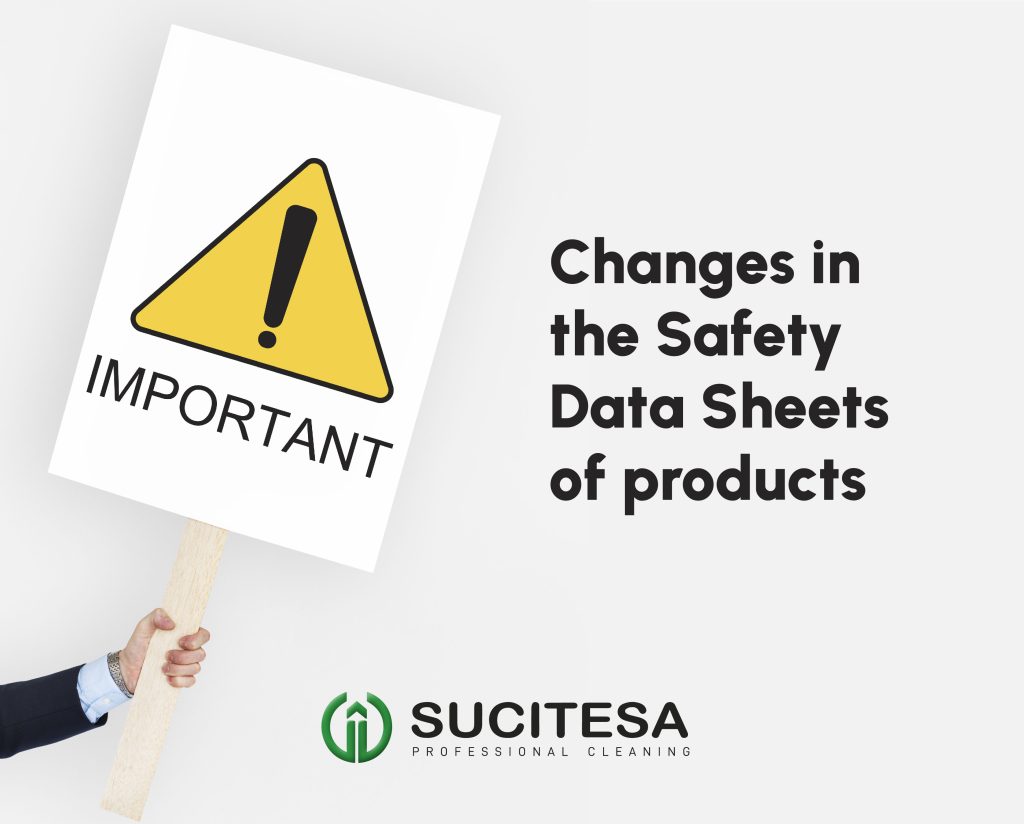Since the development of microbiology, researchers have studied micro-organisms present in nature either directly from nature or artificially in the laboratory, but they have always been studied in isolation: study micro-organism plus a culture medium. It is known that, in reality, microorganisms live in the natural environment in the form of biofilm. In this article we will explain what they are and what impact they have on food safety.
It is estimated that 99% of bacterial cells live in biofilm form while only 1% live in free form. We can find biofilms on rocks in the bed of a river, in the case of boats, and even on our teeth, in the form of tartar.
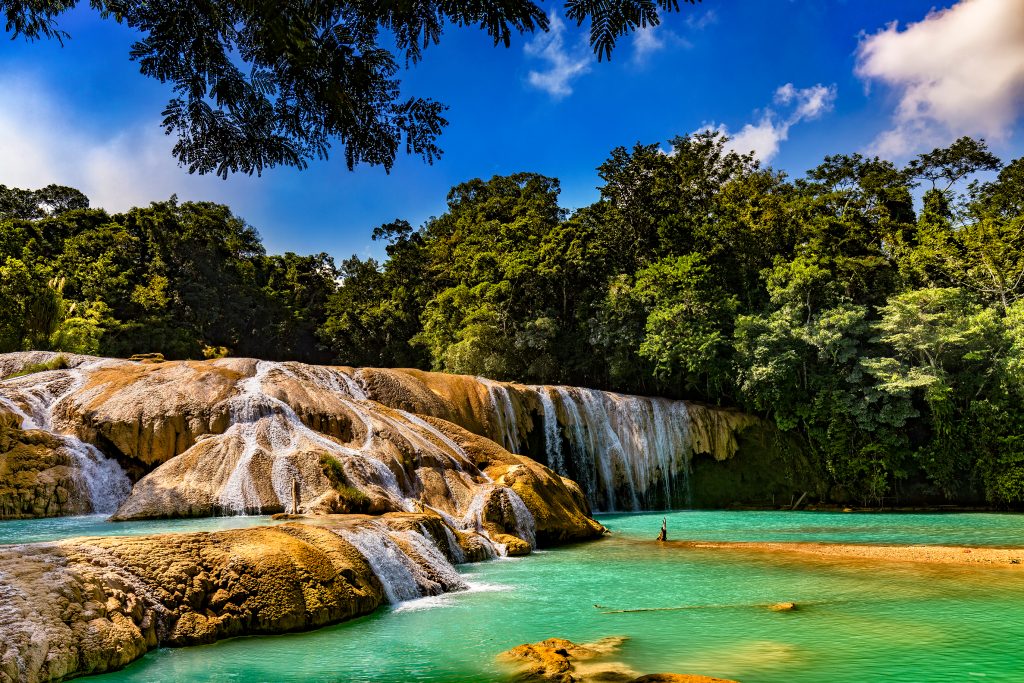
The presence of micro-organisms is a major food safety risk. When these microorganisms are present in the form of biofilm, they have special characteristics that we must be aware of in order to eliminate them.
What is a biofilm?
In the 1970s scientists believed that most microorganisms existed in the form of a biofilm, but it was not until the development of the scanning electron microscope that the study of biofilms gained momentum. In 2002 Duncan defined biofilms as complex microbial communities that may contain bacteria and fungi that synthesise and excrete a protective matrix that strongly adheres them to a solid support.
This solid support can be any kind of surface, hydrophilic, hydrophobic, organic and inorganic: food, plants, steel, plastic, stainless steel, glass, etc.
What is a Biofilm composed of?
Micro-organisms
They can be formed by a single species of micro-organisms; monospecific biofilm or, more commonly, by different species of micro-organisms; multispecific biofilm.
In the food industry, we do not find biofilms of Listeria, a bacterium widely distributed everywhere, which is why it has many opportunities to form biofilms; it can form both monospecific and multispecific biofilms. E. Coli, Salmonella or Pseudomonas, the latter is very present in clinical settings and usually forms multispecific biofilms together with Listeria and Salmonella.
Polymeric Matrix EPS
It is a conglomerate of water together with different types of biopolymers such as polysaccharides, proteins, nucleic acids and phospholipids. The matrix, which has a slimy and sticky consistency, acts as a physical barrier that envelops and protects microorganisms.
To remove biofilms, this protective barrier must be broken down to gain access to the microorganisms inside and remove them.
How are biofilms formed?
Laboratory studies establish that biofilm formation occurs in 5 phases:

Adsorption and attachment phase: occurs within minutes. It begins the moment an individual micro-organism binds to a surface. This attachment may be by pili or flagella, diffusion or gravity, but in any case this attachment is weak, reversible and can be easily removed by mechanical force.
Whenever there is organic matter and water on a surface, it is easier for micro-organisms to attach themselves and, therefore, to form biofilm.
Colonisation phase: occurs after 2/4 hours. When the micro-organisms have adhered to the surface and the conditions of the medium are favourable, they begin to multiply and colonise the surface.
Formation phase: 6/12 hours. The micro-organisms begin to manufacture the mixture of polymers, lipids, polysaccharides, etc. and excrete it to the outside, forming the EPS matrix. This matrix holds the cells together to form a spider web-like structure.
Growth/maturation phase: 2 to 4 days. As the biofilm matures, interstitial channels are formed to allow the exchange of nutrients and water from the outside to the inside and the biofilm species cooperate with each other to ensure their survival.
Dispersal phase: 2 to 4 days. When the biofilm is mature, it periodically releases a few cells that colonise other surfaces to form new biofilms.
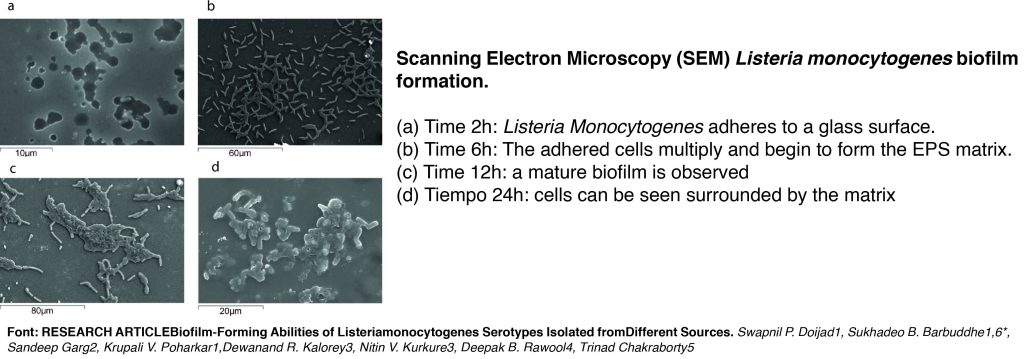
How do Biofilms affect the Food Industry?
The presence of biofilms in the food industry is a food safety issue as they are a potential source of persistent contamination, can spoil food and cause damage to facilities and equipment.
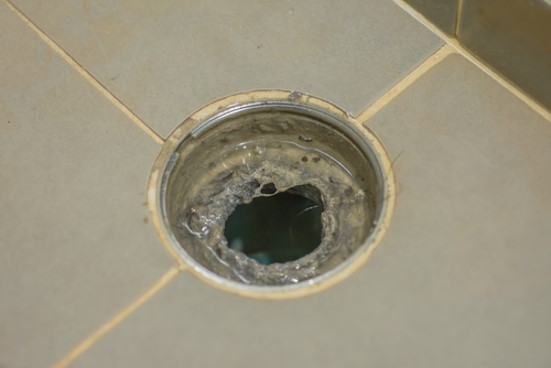
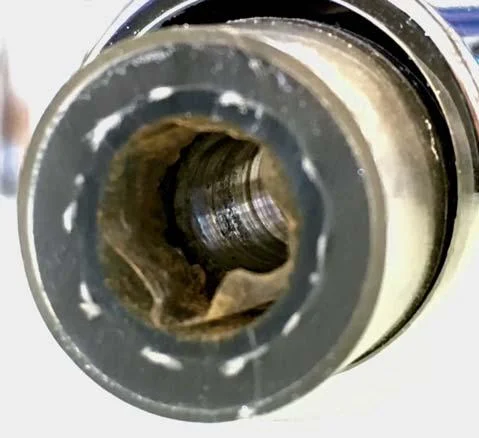
Biofilms, due to their morphology, are more difficult to remove than microorganisms in their free state as they have properties that they do not have in their planktonic state. Biofilms:
- They protect micro-organisms from environmental conditions
- The different species that form them cooperate with each other to ensure the availability of food.
- The biofilm makes them more resistant to biocides because the matrix causes a slower diffusion of the biocide into the biofilm and the micro-organisms have a different physiology than in their free form (laboratory tested).
Poor hygienic conditions increase the possibility of biofilm development as they only need nutrients, humidity and a place to adhere to, so it is necessary to design the facilities correctly, choose the right cleaning and disinfection products and establish an efficient hygiene and disinfection protocol, apply it properly and establish frequent systems to check the effectiveness of the methods.
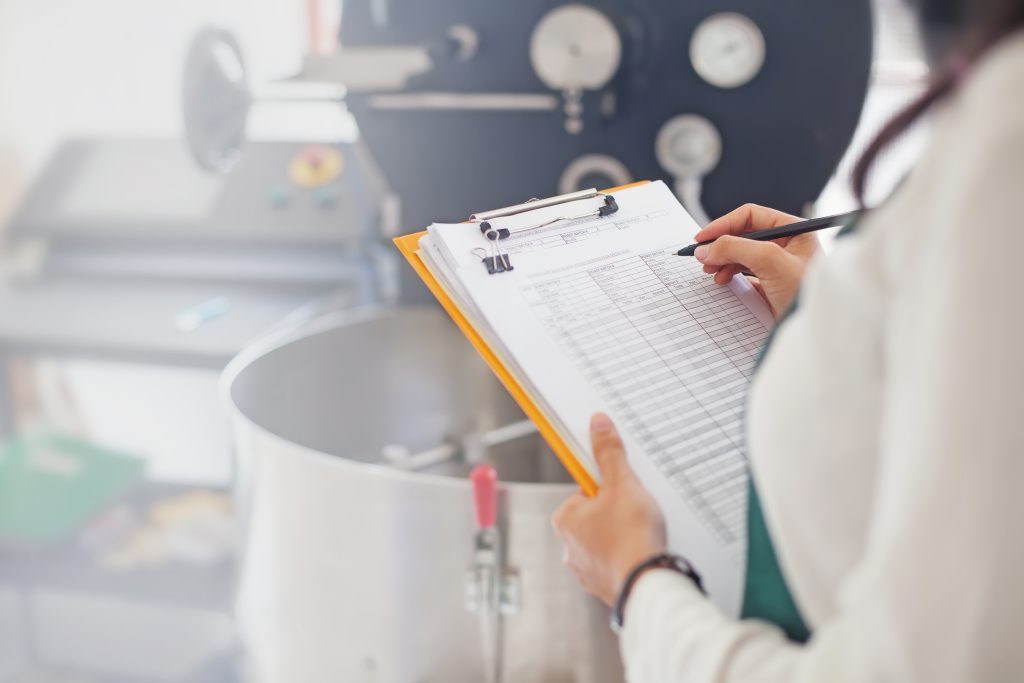
Sucitesa has a wide range of chemical products for cleaning and disinfection in the food industry. You can find out more about our range by clicking on this link:
https://www.sucitesa.com/en/categoria-producto/gamas-3/food-industry/
